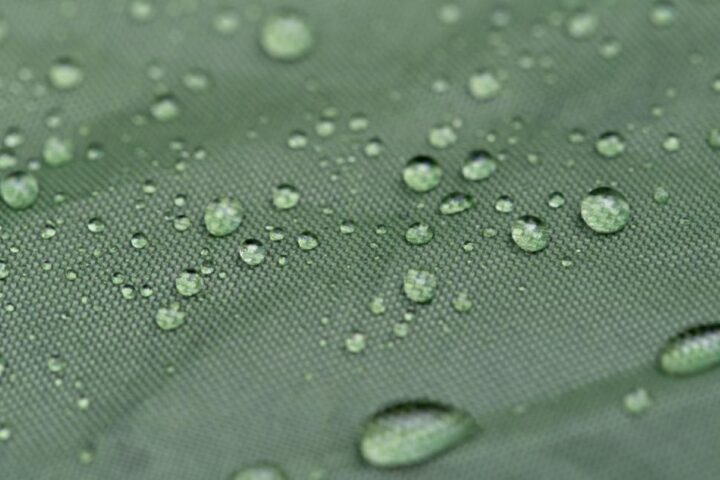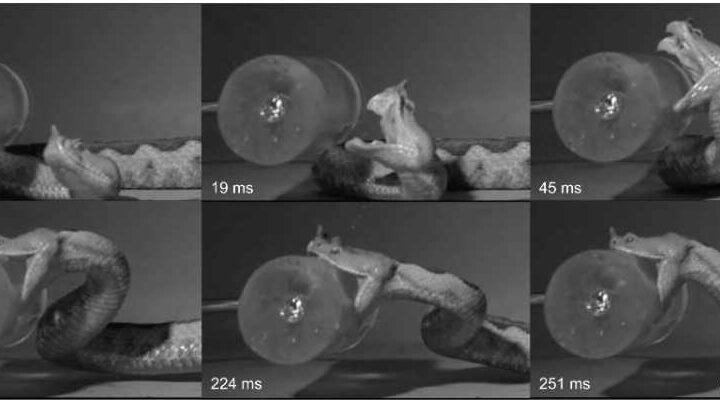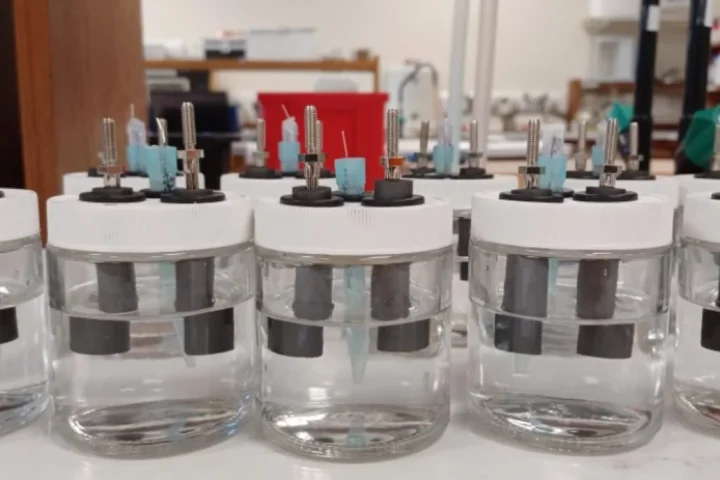Clean and safe water is a limited resource, and its availability depends on local water bodies. Earth’s atmosphere contains a colossal amount of freshwater in the form of vapor, although extracting this colorless, transparent, and diluted gas is challenging. Systems that trap dew or fog and collect the extracted liquid in containers have existed for some time. But in dry areas where there isn’t much dew, special materials like temperature-sensitive hydrogels, metal-organic frameworks (MOFs), or zeolites (crystalline aluminosilicates) can help extract small amounts of moisture from the air and release water when heated.
Xiangyu Li’s team at the Massachusetts Institute of Technology (MIT) in the United States has developed a moisture harvester that could meet these requirements. It’s a compact device with fins coated with a material that first traps moisture and then generates drinking water when heated. The researchers designed these water-adsorbing fins by placing a copper foil between copper foams coated with a commercially available zeolite. In comparison with previous studies focusing on material development, the authors of the new study found that combining the adsorption support with the material properties resulted in thin and compact adsorbing fins that can collect water quickly.
Similar Post
As a proof of concept, they created a device with 10 small adsorbing fins placed next to each other on a copper base plate with a separation of about 2 millimeters, an optimal distance for capturing moisture from desert-like air containing only 10% relative humidity. Within an hour, the fins became saturated and then released the trapped moisture when the base reached 184 degrees Celsius. With 24 collection and release cycles, the team estimates that 1 liter of absorbent coating on the fins could produce up to 1.3 liters of drinking water per day in air with 30% relative humidity, a volume two to five times greater than that achieved with previously developed devices.
According to the creators of the new device, with further development, it could be integrated into existing infrastructures that produce waste heat, such as buildings or transport vehicles, to provide a cost-effective option for generating drinking water in arid regions. The technical specifics of this new device for extracting water from the air are detailed in the academic journal ACS Energy Letters, under the title “Design of a Compact Multicyclic High-Performance Atmospheric Water Harvester for Arid Environments.” The authors acknowledge funding from the Defense Advanced Research Projects Agency and the Swiss National Science Foundation through a Postdoc Mobility Grant.


















